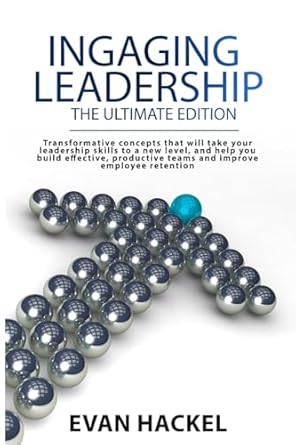No products in the cart.


Manager/employee touch-base meetings were created to be better than yearly or twice-yearly job reviews. But have they turned out to be as good as everyone expected? Sometimes, but not always.
A supervisor usually pulls up a document that was created in the last touch-base and says, “Here are the to-dos we talked about last time. Have you done this . . . have you done that?” And then the final killer question is, “Why not?”
If you conduct touch-bases like that, you are sending the message that you, the manager, know everything and that your supervisee must prove him or herself. Your employee leaves the room feeling blamed, pressured and even threatened.
Yet there are simple, highly effective ways to turn touch-base meetings into opportunities for mentoring, coaching, and positive motivation. The strategy is to reverse the process so you’re letting your employee take responsibility, rather than your catching them at what they’re doing wrong.
Start with a simple open-ended question . . .
Questions like “Has it been a good few weeks since we last talked?” or, “Have you been enjoying work lately?” kick off a give-and-take conversation that allows you to then talk about anything in a safe way. They also offer you a chance to get a general feel for how things are going for your employee.
Replace “Let’s see how you’re doing on your to do list” with “What do you feel good about accomplishing since we last talked” . . .
If you follow this advice, you will start out focusing on positive changes and accomplishments that the employee has made. Next, give positive reinforcement for what they’ve accomplished and let them feel proud of their achievements. Then move on to any items that are still undone, which you can now discuss in a positive and upbeat way. This change drains the blame from your meeting and creates positive, motivational conversations.
Ask, “Are there areas where you need some help?” . . .
This is where you can coach and assist employees. Your offer of help prevents them from feeling bad about something that is undone and lets them feel comfortable about getting the help they need. Be sure to listen for underlying reasons why your employee might not be tackling certain tasks. The issue could be time, meaning they don’t have enough time to do everything – perhaps others in the organization could help? It could be that they lack some piece of technology that would help them, the services of a consultant, or something else.
The bottom line is, by offering help you are helping someone not feel guilty about not getting something done. Under the old system of job reviews, people would often feel guilty and want to mislead or try to divert blame from themselves. That is very unhelpful. Having a frank and honest discussion, much better.
Let the employee set his or her own “to-dos” and priorities . . .
As a supervisor, there will be times when you need to make firm assignments. But as much as you can, allow your employee to set his or her own priorities and projects. That builds a sense of ownership and enthusiasm.
After the steps I recommend above, ask your employees how they’re doing on their action plan (a better name than a “to-do list”) to see if anything has been missed. Then ask them if they have anything they would like to add to the list. You can follow up with motivational questions like, “Why do you think this is important?” and, “How do you plan to tackle it?” If there’s something you would like them to put on their list that they didn’t already think of, now’s the time to mention it. Most of the time, they are highly likely to have thought of that idea in the first place.
And to add still more encouragement . . .
Observe the “five to one” rule when meeting with supervisees who could benefit from an extra dose of positive inspiration. How does it work? For every one thing you say that could be interpreted as criticism, say five things that are positive and encouraging.
To sum it up . . .
When you adopt the approaches I recommend in this article, you change the touch-base to an extremely positive experience for encouragement, coaching and honest discussion. It is no longer an inquisition. In essence, you’re reversing the process by having employees take responsibility for their own action plans. Because you are now a mentor and coach, you will create a very strong and positive work bond.